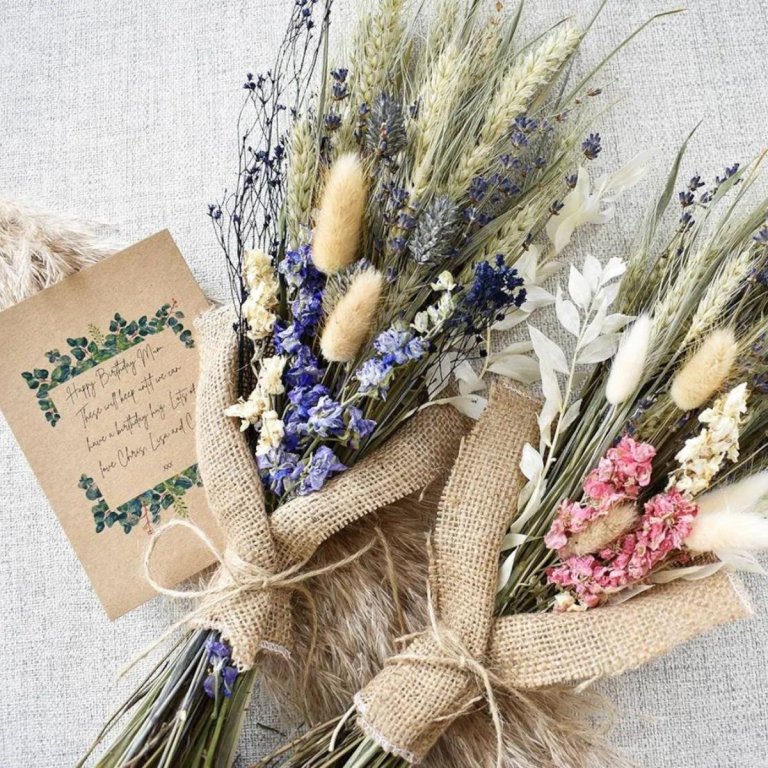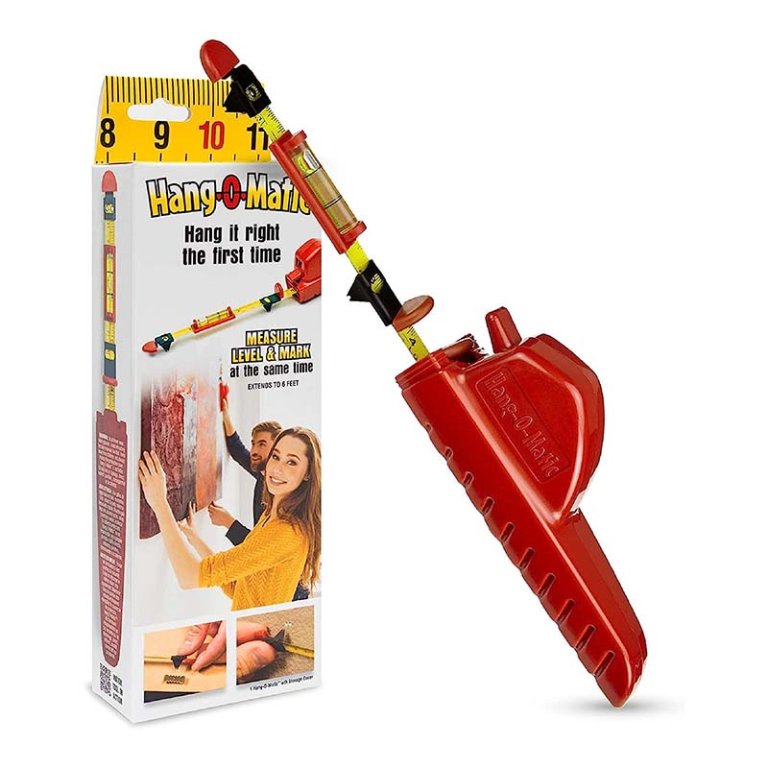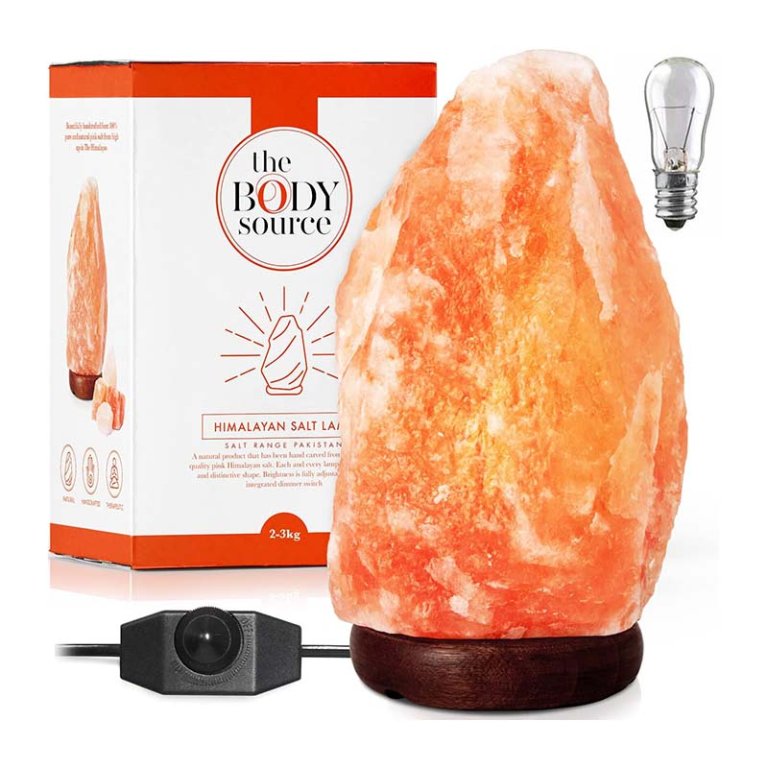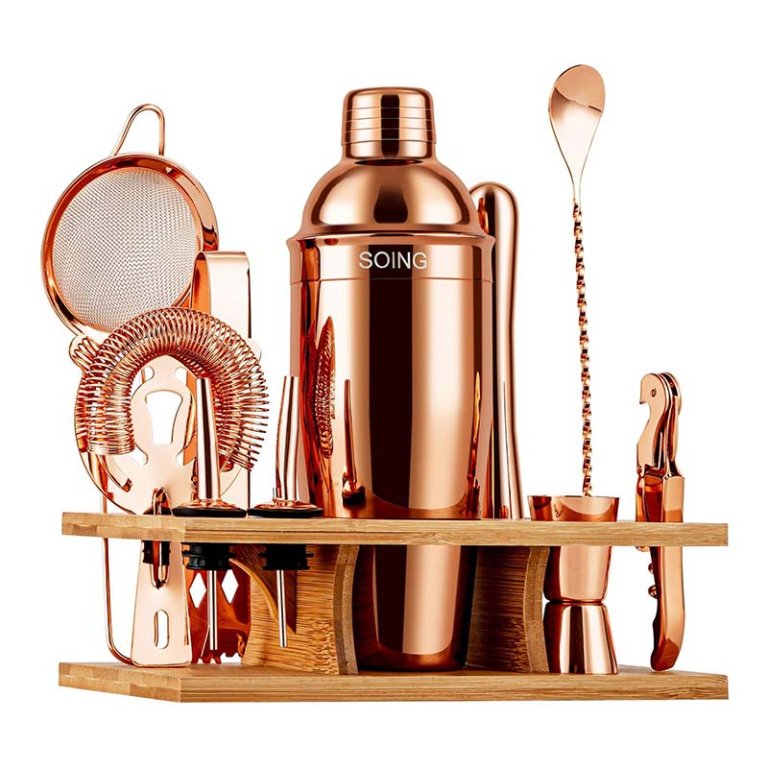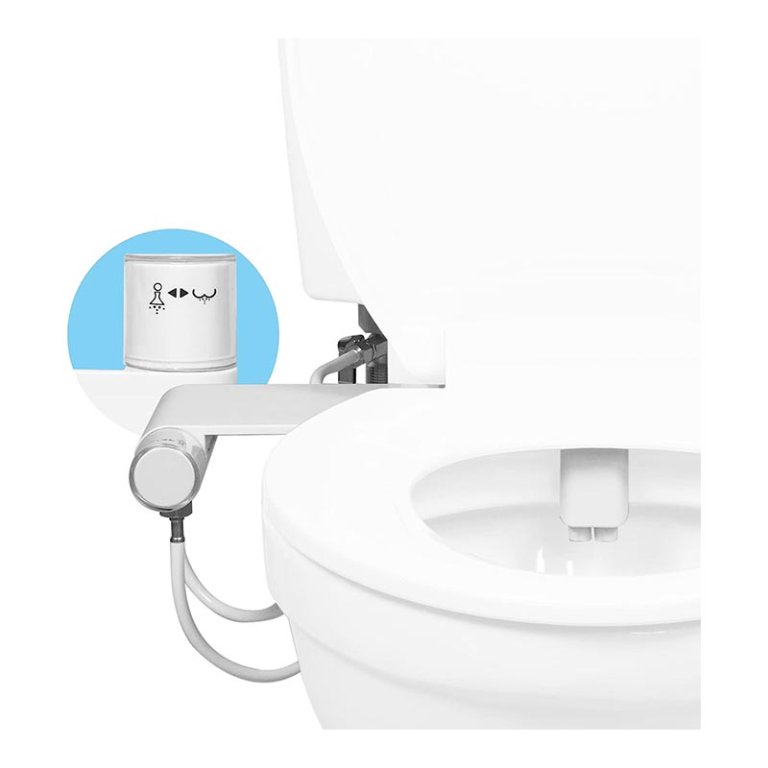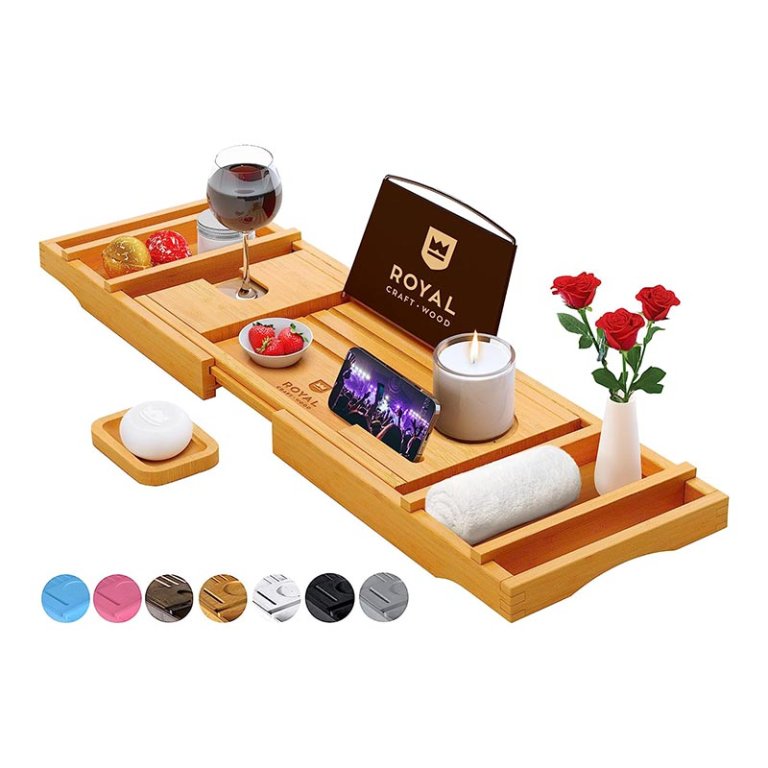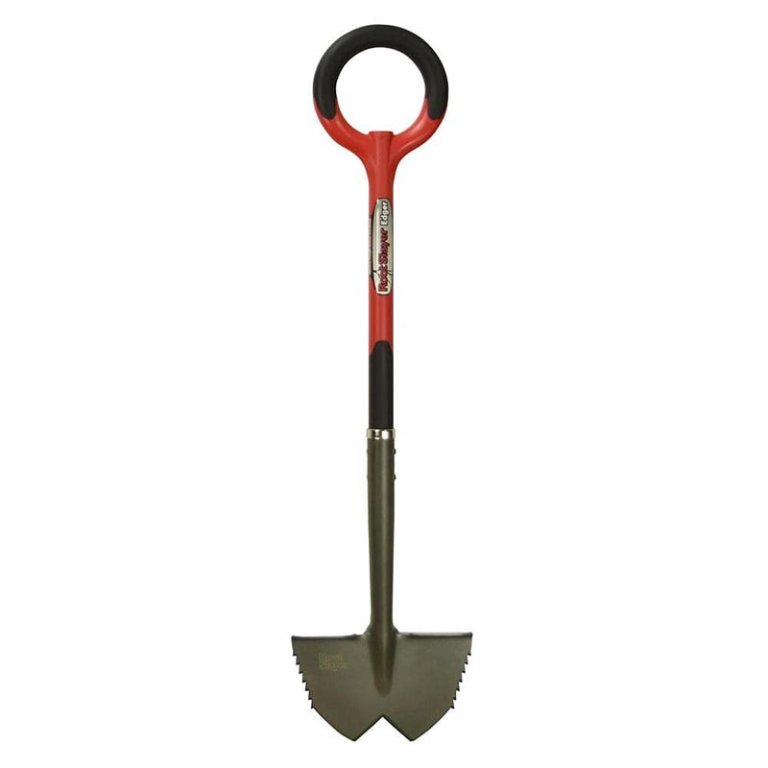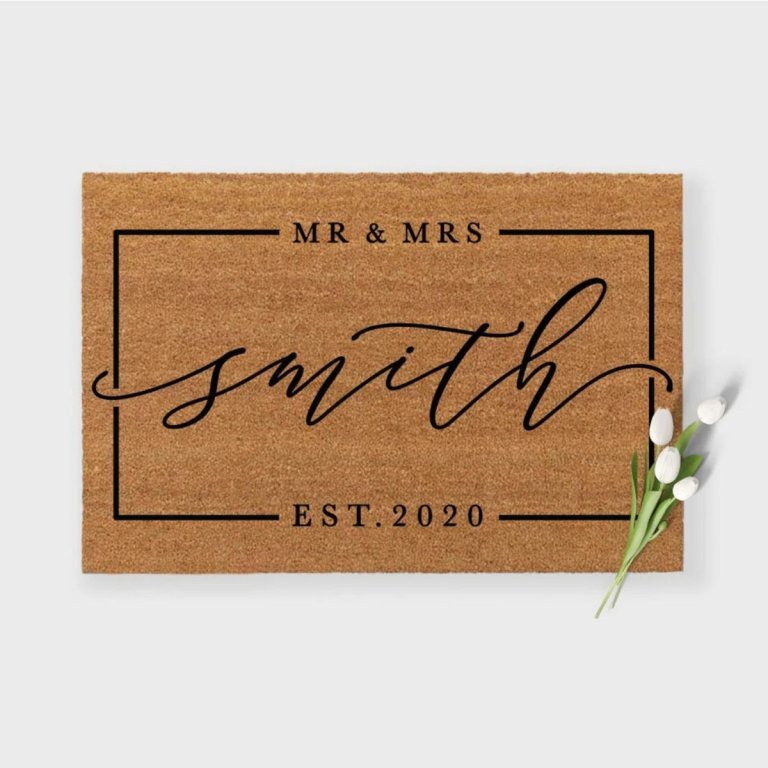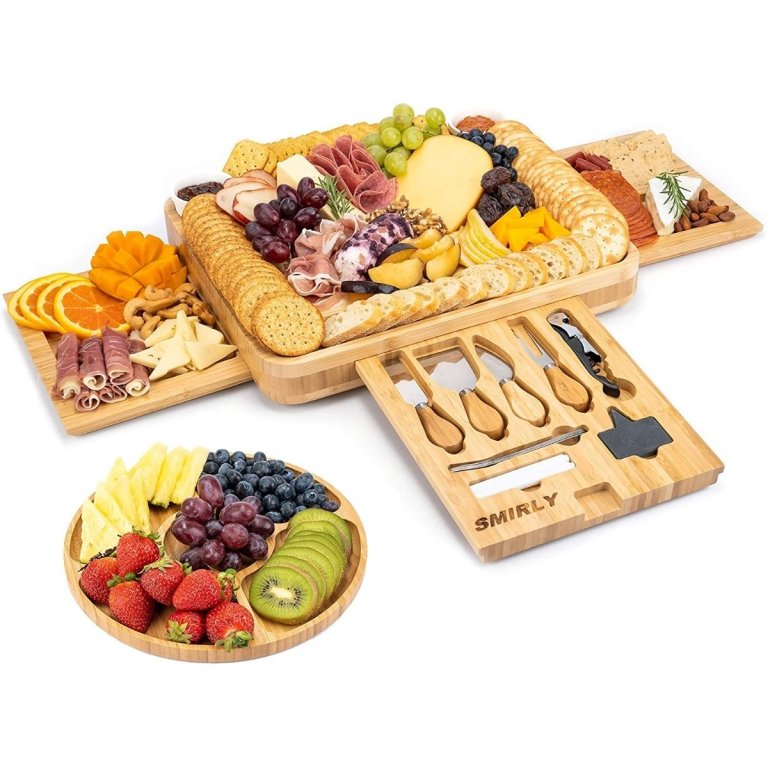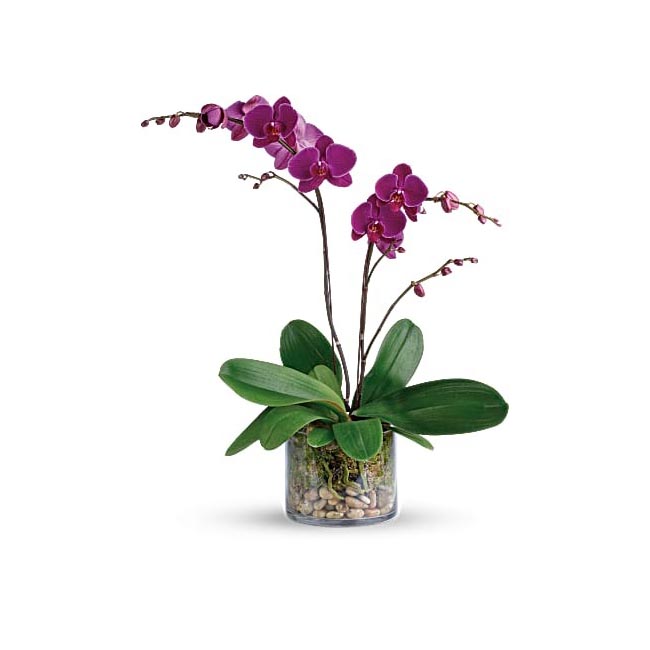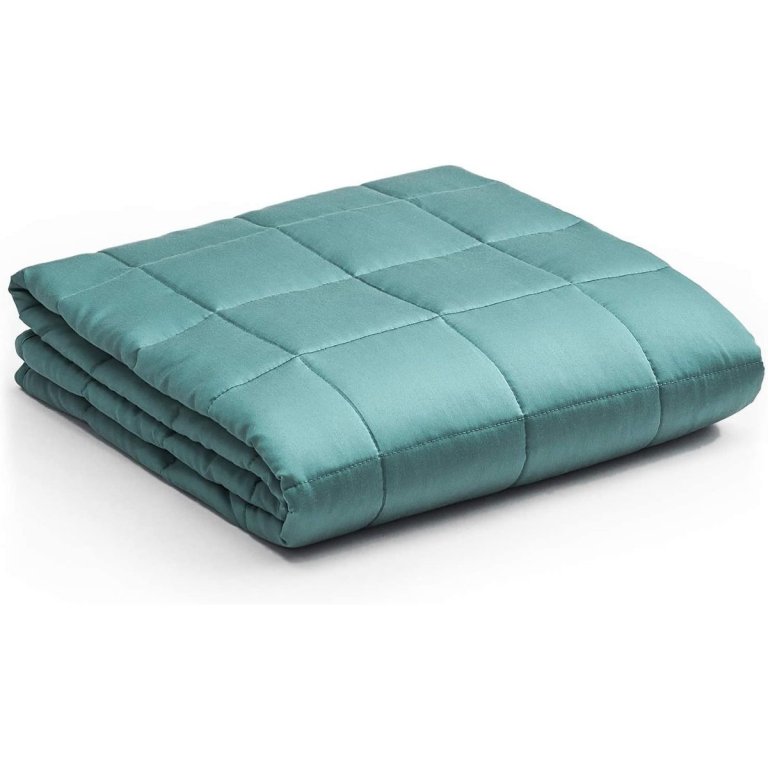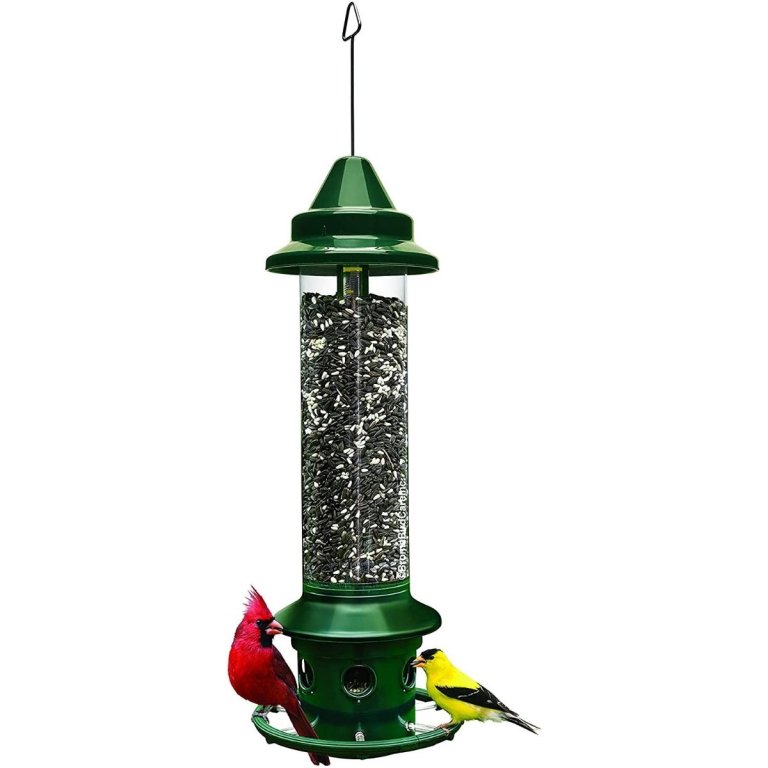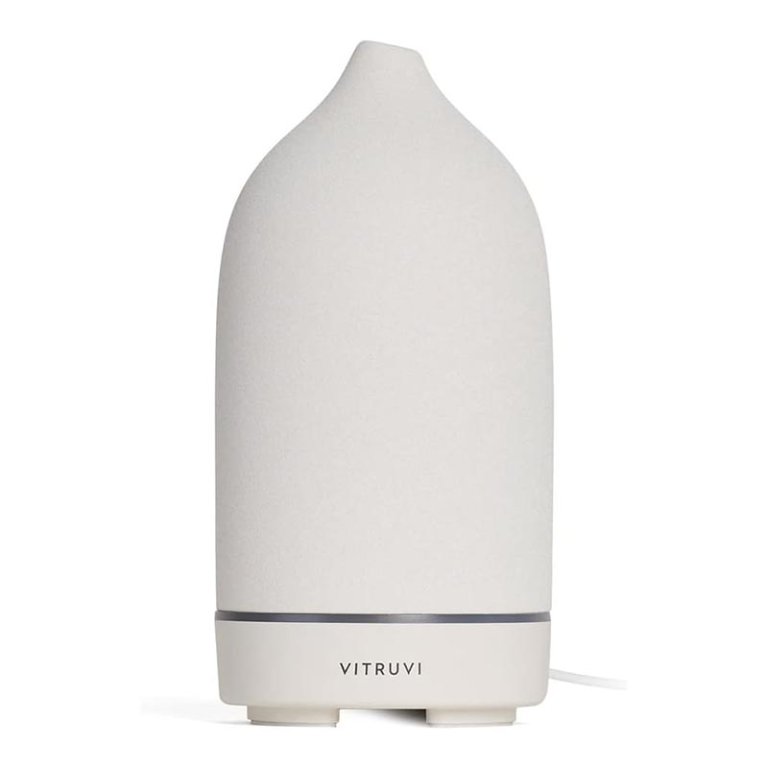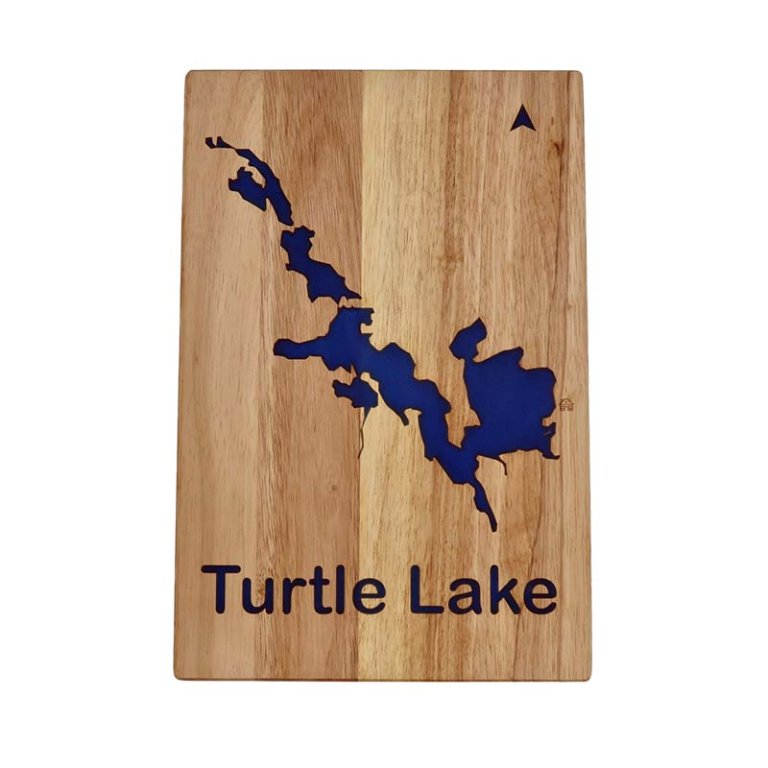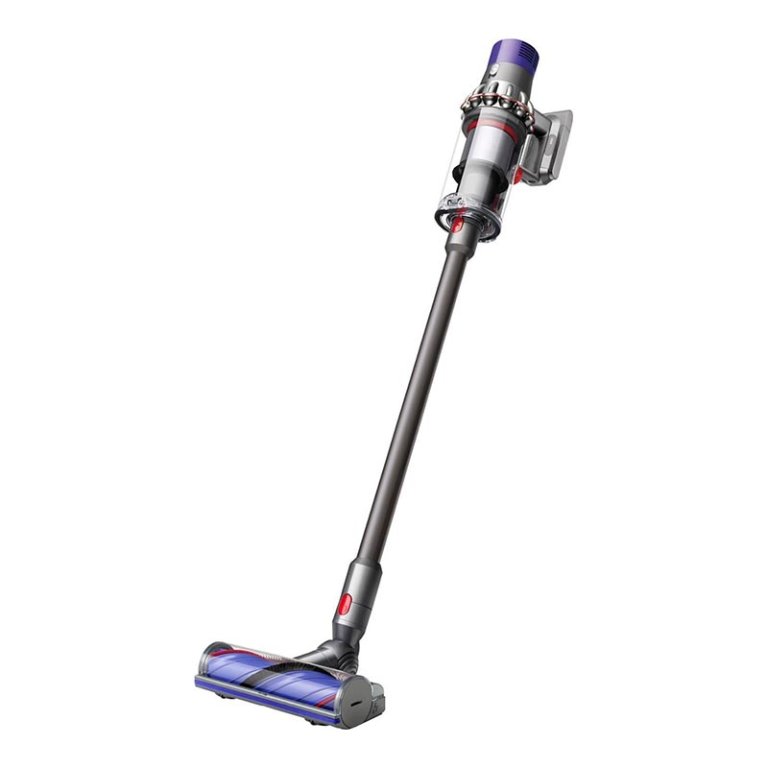We may earn revenue from the products available on this page and participate in affiliate programs. Learn More ›
Selecting a housewarming gift is a generous way to welcome someone to the neighborhood, whether you know the new homeowner or not. We can all empathize with a new homeowner who strives to get unpacked and have their life back to normal soon after they’ve moved in. After all, moving into a new house is a tremendous undertaking: The never-ending list of things to clean, keep track of, and pack, seems to grow every day before the move, then it goes in reverse upon arrival.
You can offer that same thoughtfulness to friends and family who have recently moved, too. Thanks to online orders, it’s never been easier to have the best housewarming gifts show up on their doorsteps—even if you don’t live anywhere near the person you know who is moving. Sending a housewarming gift to arrive a day or two after they do is an easy way to let them know you’re thinking about them even if you can’t be there to help.
These ideas can also make great gifts for a host or hostess. If you’re unsure what to give, keep reading to see our favorite housewarming gifts that range from customized welcome mats and picture-hanging tools to bathtub caddy trays and essential oil diffusers.
Find Personalized Housewarming Gifts on Etsy
Buy the Most Wanted Housewarming Gifts at Macy’s
The Best Housewarming Gifts
You can browse through these products to get inspiration for the perfect housewarming gift idea. No matter if it’s for someone you know well, or a new neighbor who could become a great friend, there’s something on this list for everyone. Many of these gift ideas can also double as a host or hostess gift for your next gathering, too.
Gifts Under $25
Organization Done Right
The Home Edit
Getting the house organized is a challenge for many of us, and moving into a new house presents the perfect opportunity to start fresh. If you know someone who would appreciate some expert advice for getting off to a good start in a new home, then this book by Clea Shearer and Joanna Teplin is a great idea. It’s celebrity endorsed as a master class to get your house organized once and for all. The bright photos and clear instructions make this book a perfect housewarming gift. $13.16 on Amazon.
Cute Surface Protection
AD Set of 6 Coasters for Drinks
When someone moves into a brand-new house, there’s an instinct to protect every surface from the slightest scratch or spills. That’s where these colorful coasters come in handy. Protect a brand-new coffee table by sending the new homeowner these ceramic coasters that are backed with cork to prevent scratching the surface. They resist sticking to a wet glass as well, which makes them an ever better choice. You can choose from four vibrant designs that suit almost every home. $14.99 on Amazon.
Make Meaningful Space
Homebody: A Guide to Creating Spaces
Joanna Gaines has practically become a household name for cozy farmhouse decor. Drawing on her own expertise of interior design, she offers homeowners all the best tips for how to create meaningful space within your own home. New homeowners just might love this helpful book as they begin the process of redecorating in a new space. The design templates at the end of the book are especially helpful for reimagining how to decorate and use each area of the house. $29.35 on Amazon.
Minimalist Option
AdamappleLtd Dried Flower Arrangement
As much as fresh flowers are a fast way to brighten a room, they can quickly be neglected when a homeowner is busy unpacking, organizing, and cleaning. The perfect alternative is to send them a perky dried flower arrangement. This selection usually includes wheat, delphinium, laguras, hessian, lavender, and broom. They arrive carefully packed so they can be placed in a small jar or vase upon arrival. You can add a personalized note if you like! $21.66 on Etsy.
Picture Problem Solved
Hang-O-Matic All-in-One Picture Hanging Tool
One of the most dreaded tasks of moving into a new home is hanging pictures. It’s a challenging process to get right, especially when you’re hanging a collage of pictures together. Save a new homeowner the hassle and frustration of this task by giving them this helpful picture-hanging tool that does all the measuring, leveling, and nailing for them. No more eyeballing and measuring the distance and hoping for the best. This tool includes a bubble leveler, a ruler, and two gadgets that push the nails into the wall when it’s positioned correctly. It makes a hard job easier. $14.98 on Amazon
.
Always Appreciated
Amazon.com eGift Card
The gift that gives again is an Amazon gift card. Opt for this gift when you’d rather let them choose what they need most to get their new house in working order. They will appreciate the opportunity to reduce the many costs associated with moving houses. Fortunately, Amazon has just about every product under the sun, so they’ll find what they need, from bathroom cleaner to curtains. Even better, you can simply email or text them this gift card rather than worrying about having a gift card mailed to them. Starting at $25 on Amazon.
Gifts $25 to $50
Rosy Ambiance
The Body Source Himalayan Salt Lamp
A thoughtful housewarming gift could be one of the popular Himalayan salt lamps. They’re a soft-glow lamp that’s made from mineral-rich pink salt from the Himalayas—rumored to have healing and restorative properties from the negative ions they discharge. Whether they do or don’t, we just love how cozy and soft the pink glow is from these lamps. And a new homeowner will, too. After a busy day of unpacking, sitting near this warm glow with a cup of tea is a perfect way to wind down.$34.99 on Amazon.
Boozy Decadence
Soing 11-Piece Rose Copper Bartender Kit
If you know someone well who’s just moved, you likely know if they enjoy making their own cocktails—or wish they could. For this alcohol connoisseur, surprise them with the gift of this stunning rose copper bartender kit. Every item from corkscrew and mesh strainer to twisted bar spoon and ice tong is included. As a classy and useful addition, each piece fits in a carefully crafted wooden stand so it can be carried anywhere they want to mix drinks. And perhaps they’ll invite you over to try one of the included recipes with them as a thank you for this distinctive gift. $39.99 on Amazon.
The Unexpected Option
GenieBidet – Ultra Thin Toilet Attachment
Odds are you’ve never considered giving a bidet attachment to a new homeowner. We’re here to tell you that it’s one to consider, although it’s probably best for someone you know well rather than an acquaintance or a colleague. If you have a friend or family member to whom you give gag gifts occasionally, then this bidet attachment is a top choice for one key reason: They’ll think you’re joking, but you’re actually offering them a useful addition to their bathroom. If you’re up for giving them an ultrapractical gift with a laugh, opt for this GenieBidet. You might have the last laugh when they end up loving this increasingly popular product. $44.99 on Amazon.
Gifts $50 to $100
Practical Indulgence
Royal Craft Wood Luxury Bathtub Caddy Tray
This bathtub caddy brings us back to the always-appreciated gift category that’s all about offering relaxation. Soaking in a hot bubble bath is a soothing way to end the day. The last thing anyone wants is to accidentally drop a phone or book into the water. With this adjustable bathtub caddy, they’ll have a stable place to set a flickering candle, a glass of wine, a book, and their phone. It’s a housewarming gift that offers practicality and respite all in one. $39.97 on Amazon.
Ready-to-Work Yard Tool
Radius Garden Root Slayer Edger
Has a new homeowner moved into a house with a yard that’s going to need some serious effort to tame? It’s possible they already own a shovel, but have you heard of this root slayer edger? It’s similar to a shovel, but it has jagged edges and a V-cut where the tip normally is—all purposely made to chop through stubborn roots more effectively. This tool makes a great housewarming gift for people excited—and those not so excited—to jump into a necessary landscaping project. $58.16 at The Home Depot.
Custom Memories
shopHomeMaven Mr & Mrs Doormat
Keep dirt and debris out of a new house by sending this doormat as a housewarming gift. It’s customizable so you can add their last name and the year they purchased the house or the year they were married. Each time they step into their new house, they’ll remember your thoughtful gift and how important their new house is to them. Customizable gifts are a great way to give someone a thoughtful gift for a milestone moment. Starting at $51 on Etsy.
Next-Level Entertaining
SMIRLY Cheese Board and Knife Set
Charcuterie boards have long been a popular kitchen tool to make an attractive spread of cheese and meats. However, some of them are so massive that they become a hassle to store. Consider this nifty charcuterie board for the homeowner who loves to entertain. It has two flat drawers that stow away when not in use, plus a drawer loaded with every cheese and wine utensil they’ll need for a charcuterie board. The clever construction is what makes this board stand out from others since it’s easier to store when the drawers are slipped back inside. Get your new homeowner started on the right foot with a great cheese board that has everything they need included. $59.95 on Amazon.
Home Sweet Home
elliedawndesigns Custom House Drawing
Did the new homeowner in your life just move into their dream home? It’s a momentous occasion that deserves to be memorialized. You can do just that by ordering this customized illustration of their house, complete with their name and address. The artist makes simple yet homey renditions of any house as a keepsake gift for homeowners who built, remodeled, or just love their old home. Plan ahead to have their dream home commemorated in a touching way. Starting at $70 on Etsy.
Serene Blooms
Fresh Orchid Bouquet
There are flower arrangements, and then there are flower arrangements. This orchid bouquet is the latter. It’s a stunning set of blooming orchids that’s sure to wow the new homeowner in your life. Orchids have long been a popular statement flower, so these blooms are a great way to make their new space feel extra special. $99.99 on Teleflora.
Restful Sleep
YnM Bamboo Weighted Blanket
There are a thousand things to think about when moving into a new house, and it can be stressful to calm your mind enough to fall asleep and stay asleep. Send a new homeowner a weighted blanket as a solution to this challenge. These blankets are filled with weighted beads that create a heavier feeling on the person resting underneath them. Experts have said weighted blankets can reduce anxiety and stress, which makes them a great gift for just about anyone. Because there’s less fiber content in this blanket, they’ll sleep cool and comfy in their new home. $89.00 on Amazon. Read More: Best Cooling Weighted Blanket
Gifts Over $100
Ingenious Contraption
Brome Squirrel Buster Plus Squirrel-Proof Bird Feeder
If the new homeowner in your life is a bird lover, then a gift that attracts their feathered friends is a good idea to consider. This bird feeder is specially designed to prevent pesky squirrels from getting into the food since their heavier bodies will pull the perch ring down and shut off access to the food inside. New homeowners will love that cardinals and other birds can enjoy their own supply of seeds all year long without fighting off greedy squirrels. $112.50 on Amazon.Read More: Best Squirrel Proof Bird Feeder
A Breath of Serenity
Vitruvi Stone Essential Oil Diffuser
Aromatherapy ranks high for homeowners who want to keep their house smelling fresh. Using beneficial essential oils, they can diffuse pleasant or energizing aromas in any room. This ceramic essential oil diffuser has a stunning, earthy design that will look great on almost any table no matter the style. Even if you know they already own a diffuser, the odds are they’d love to have one for more than one room. This diffuser is a great option for a housewarming gift that promotes healthy living and good vibes. $123 on Amazon.
Etched Memories
Lake Art Custom Made Serving Tray
If you really want to impress someone you care about with a stunning housewarming gift, then this custom serving tray is a top option to consider. The artist carefully laser etches maps of lakes or other bodies of water onto a serving tray under a layer of glass. You can choose any body of water that holds a special memory for the homeowner you’re gifting it to. Family fishing trips, 50th anniversary trips, hometown lakes, and more can be memorialized with this carefully crafted piece of functional art. $150 on Etsy.
Whistle While You Work
Dyson – V8 Animal Cord-Free Stick Vacuum
Vacuuming a house is an ever-recurring task that people love or hate. In our experience, those who love it tend to love their vacuum as well. For a practical and powerful housewarming gift, consider this popular stick vacuum from Dyson. It will revolutionize the vacuuming experience they’ve probably been enduring. This stick vacuum is lightweight, powerful, and works on stubborn debris and pet hair, too. You’ll really surprise them with this helpful household tool. $416.99 at Amazon.
Prices listed here were accurate as of November 5, 2024.




